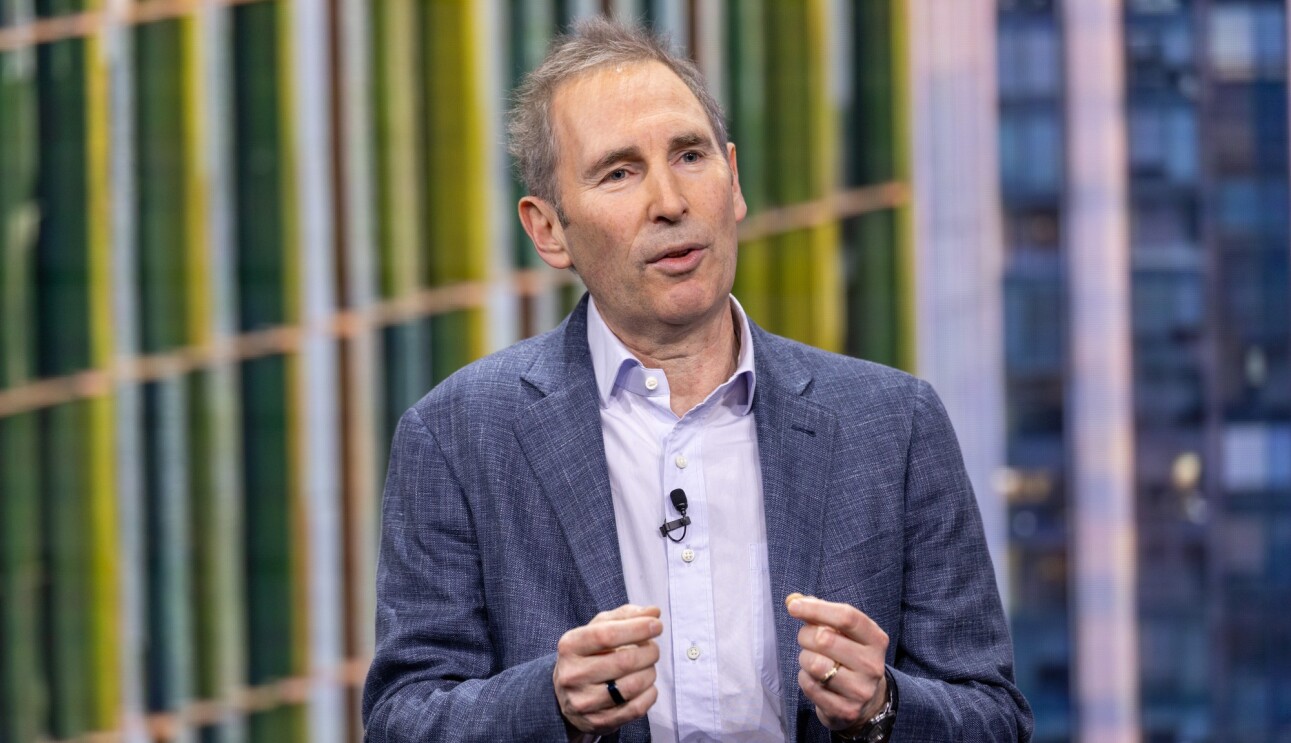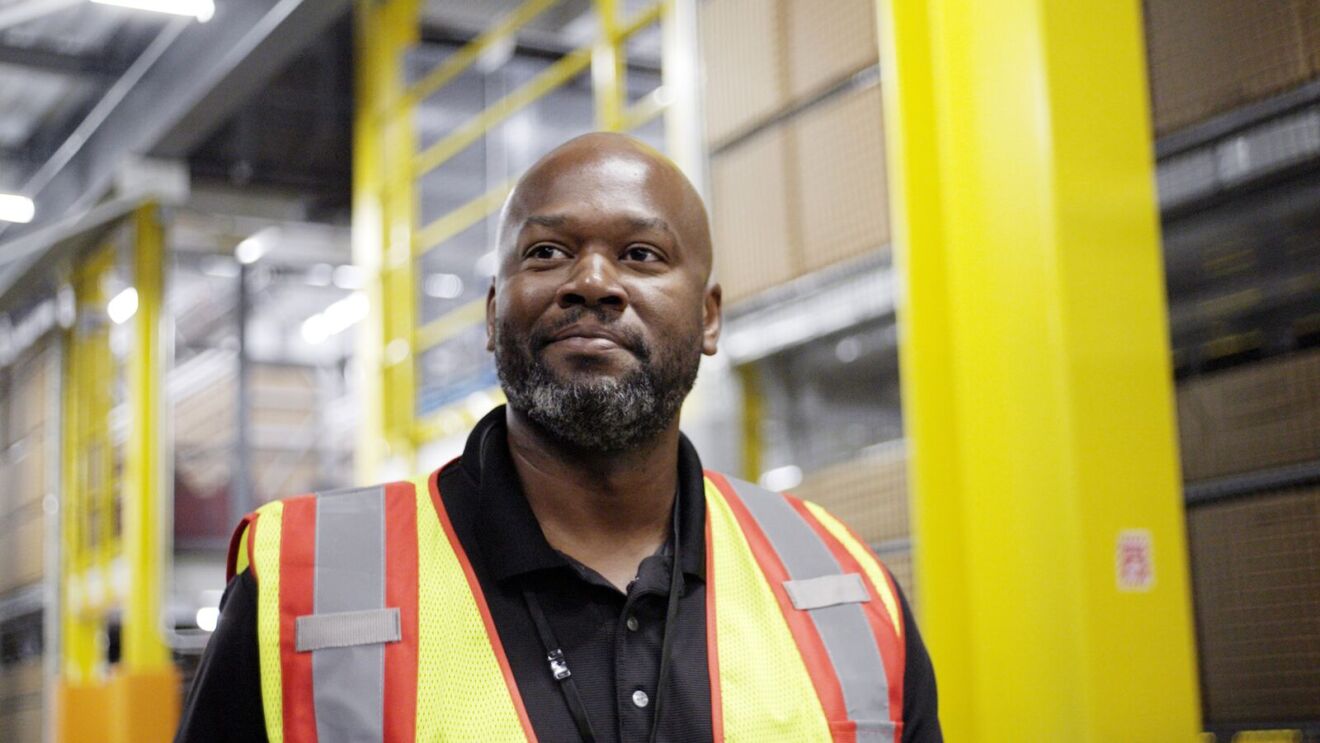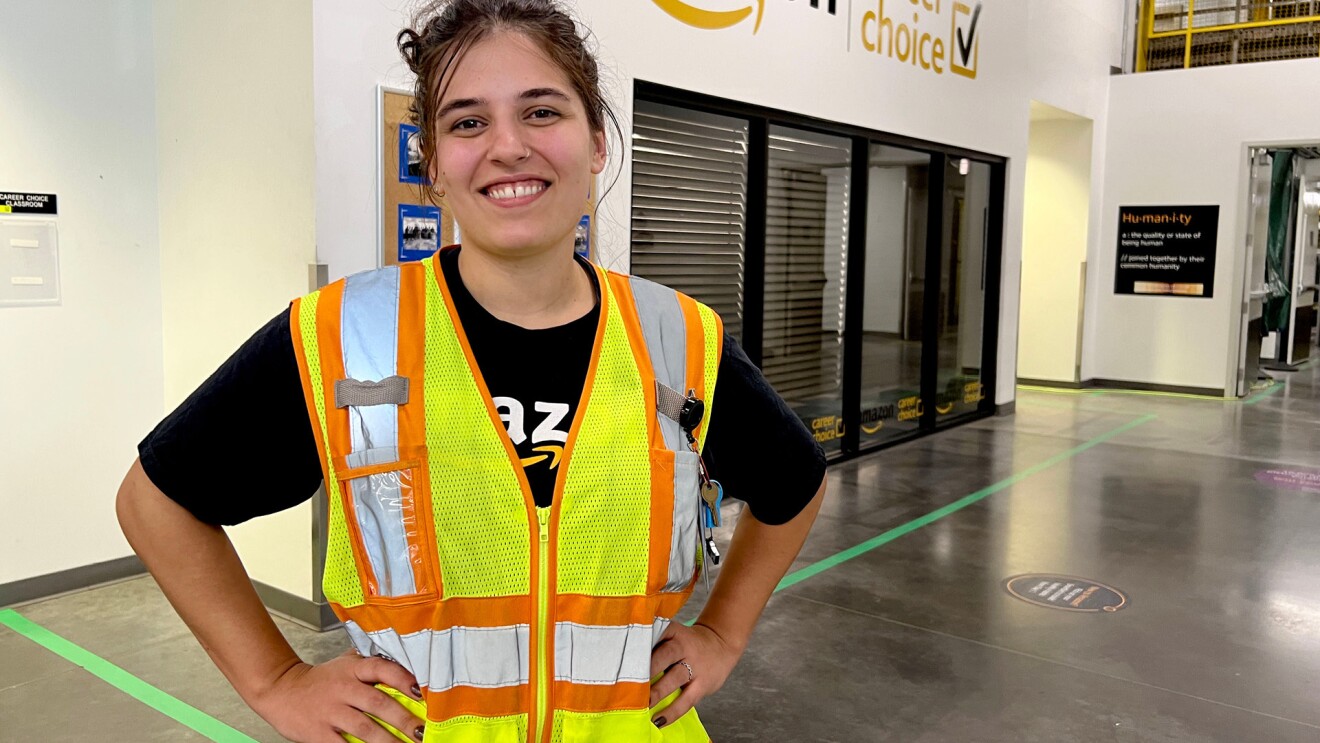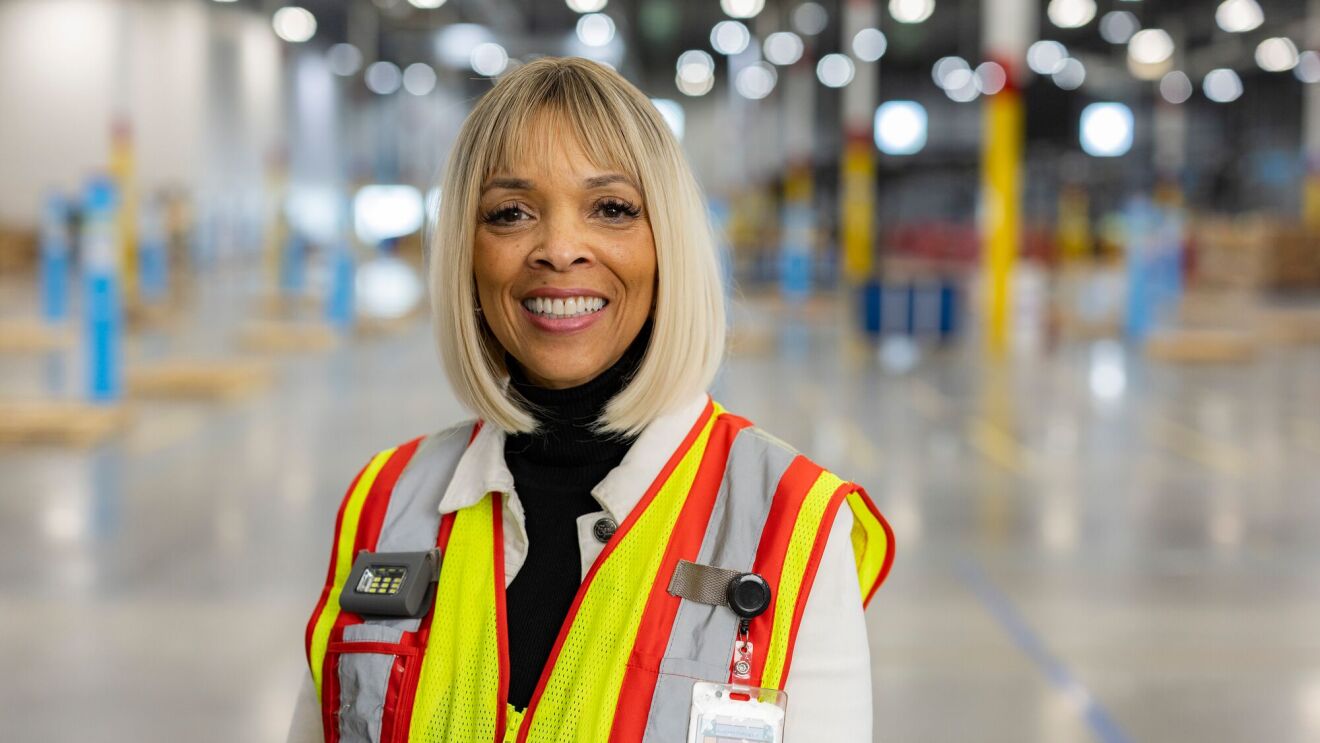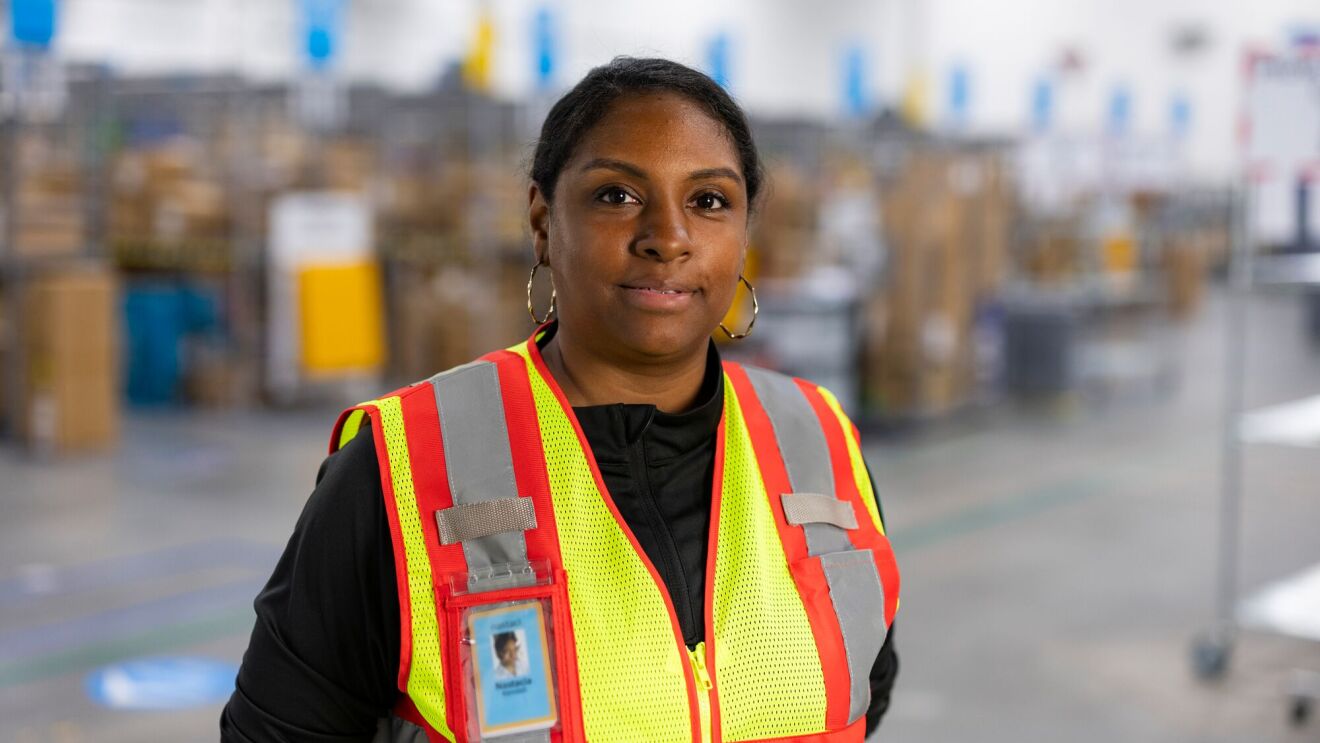Alex David recently moved to Ballard, a Seattle neighborhood that used to be a fishing village decades ago. "Immediately my mind went to: How can I use the water to get to work?" said David, a 23-year-old software engineer. He laughed remembering his first big brainstorm – to dive off the public dock a few blocks from his apartment and swim to a city park near Amazon’s South Lake Union campus. It seemed like a fun idea until he realized he'd need to swim four whole miles while towing a waterproof bag with his laptop and a change of clothes inside.
That's why I try all the things I try, just to get out of the car and spend some time in the city and experience the commute instead of just forcing my way from point A to point B
Alex David
David's goal was to do anything but drive a car to work because he recalled spending too many hours as a child stuck in traffic, shuttling between households after his parents' divorce. "That's why I try all the things I try, just to get out of the car and spend some time in the city and experience the commute instead of just forcing my way from point A to point B," he said.
Today, his commute is all about variety and helping the environment. He's biked, bused, or walked to Amazon. And then one lucky day, he stumbled upon a great deal on a kayak designed to fold up into a box small enough to fit in his closet at home or under his desk at work. He bought it, took the time to get the hang of the origami-like skills needed to assemble it, and started using the kayak to get to the office as often as he could.
Like David, about 55 percent of Amazon's Seattle employees get to work by riding public transit, walking, biking, or using another alternative to driving. Amazon purchases transit passes for headquarters employees, and some campus buildings include showers, lockers, bike storage, and other facilities to encourage employees to use human-powered transportation.
David's kayak gave him the water commute he'd been dreaming of and a fresh perspective on the city where he lives and works. "It's interesting while I'm out there to see all the work that's being done on the water that, when I'm biking just a few blocks to the north, I just don't know about," he said. "Being on the water like that in a small boat, you really see that a city is so much more than just the individual. It's about all the people that are around you, the buildings, the cars, the bikes. When I finally get to my desk, I can be like, 'Yeah, I saw this when I was paddling. I could see my building.'"
As grateful as he is for his kayak commute and for all the public spaces and workplace amenities at Amazon that make it possible, he emphasized that anybody can do it. He suggests mixing things up, even in small ways, to occasionally lift out of the rut of doing the same commute in the same way every single day.
"I believe that anyone can take that different bus route or a walk that puts you 20 minutes out of your way, just because you can see something you haven't seen before," he said, adding that parents can give their kids the gift of this kind of experience. "Some of my favorite times, I'd go to my dad's house, like after a soccer game. He would hand me a map and say, 'Hey, let's figure out how to go home.' I really look back and think about all those times, working the map and planning the route and trying to find something interesting on the way."


